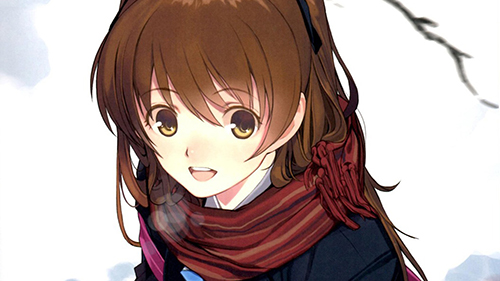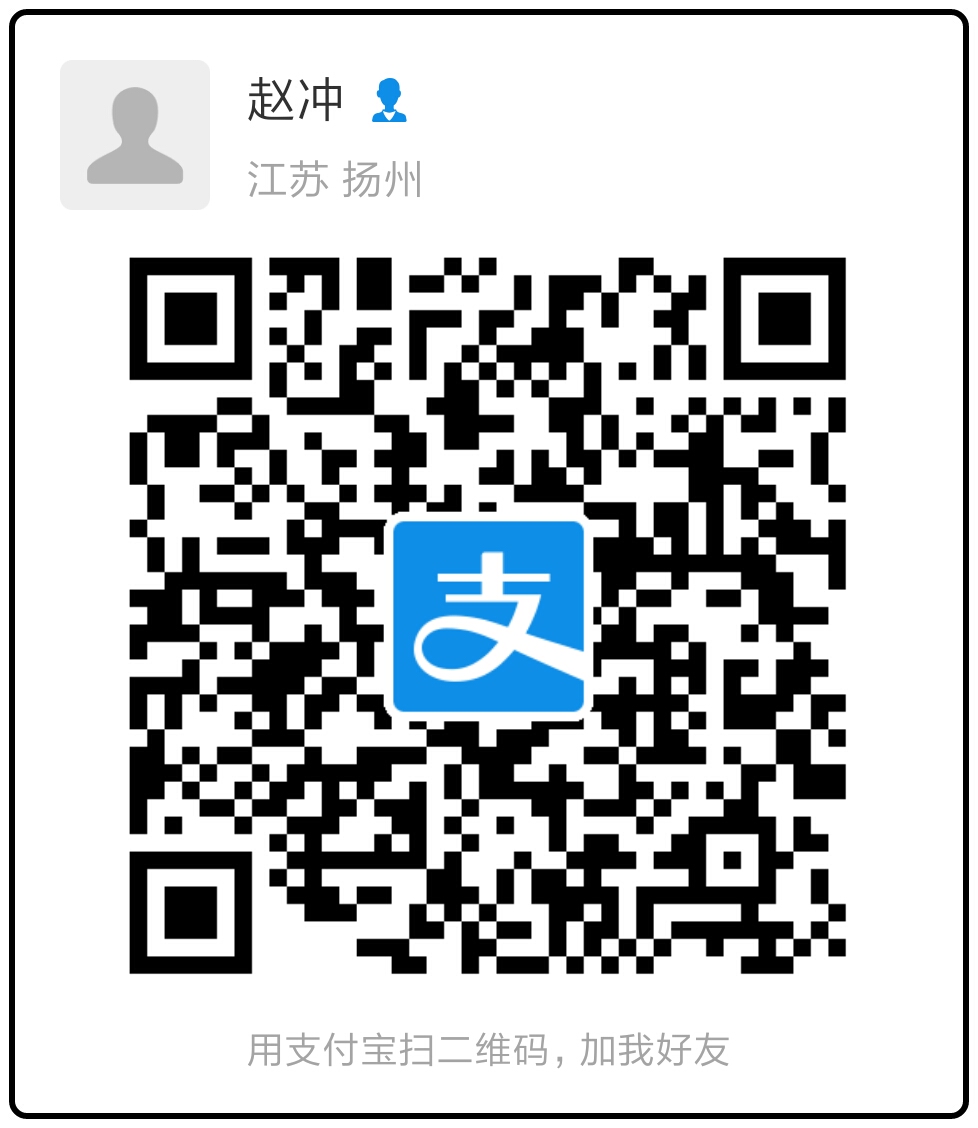UI Button的创建及事件管理 和 UI的动态加载

UI最主要的任务就是展示数据与用户交互,因此可以用来交互的按钮是必不可少的
Button的创建是在Label 或Sprite上添加相应组件实现的
- 选中一个Sprite图片右键 Attach -> Box Collider 添加碰撞体,添加的碰撞体会自动适应图片的大小
- 继续在图片上右键 Attach -> UI Button 添加按钮组件
- Colors: 可以选择按钮在不同的四种状态下的颜色变化 (normal,hover,pressed,disabled)
- Sprites: 与Colors类似可以选择要替换的图片
- On Click: 可以拖拽指定的脚本,并选择指定的方法进行响应,但不推荐用这个方法
- UI Button 自带的On Click: 将脚本绑定在对应的按钮上,并将此脚本拖拽到On Click中的Notify区域实现事件绑定,操作过于繁琐且不易于统一的管理
- 使用事件委托 OnClick方法,为按钮绑定相应的脚本,一个按钮对应一个脚本,同样不利于管理
- 为每一个按钮添加 UI Event Listener 组件,在UI Root下创建一个脚本 使用以下方法,就可以在一个脚本中管理所有的按钮事件
1 2 3 4 5 6 7 8 9 10 11 12 13 14 15 16 17 18 19 20 21 22 23 24 25 26 27 28
| using UnityEngine; public class clickmanager : MonoBehaviour { void Awake() { //获取按钮对象 GameObject button = GameObject.Find("button"); //将该按钮的 UIEventListener的onClick方法指向到本地类中的自定义方法 UIEventListener.Get(button).onClick = OnButtonclick; GameObject button2 = GameObject.Find("button2"); UIEventListener.Get(button2).onClick = OnButton2click; } //自定义方法,要注意必须带有一个GameObject参数与onClik委托进行匹配 private void OnButtonclick(GameObject button) { Debug.Log(1); } private void OnButton2click(GameObject button) { Debug.Log(2); } }
|

UI 动态加载
在UI制作完成后通常将UI Root下的子元素制作为预制体,在场景中动态加载
加载方法
1 2 3 4 5 6 7 8 9 10 11 12 13 14 15
| using UnityEngine; public class uimanager : MonoBehaviour { private GameObject prefab_info; void Start () { //将资源文件夹中的UI加载进内存,并保存引用 prefab_info=Resources.Load<GameObject>("info"); //使用NGUITools的AddChild方法为当前UI Root 添加子物体 NGUITools.AddChild(gameObject,prefab_info); } }
|

启动之后动态的加载了UI





